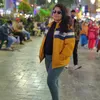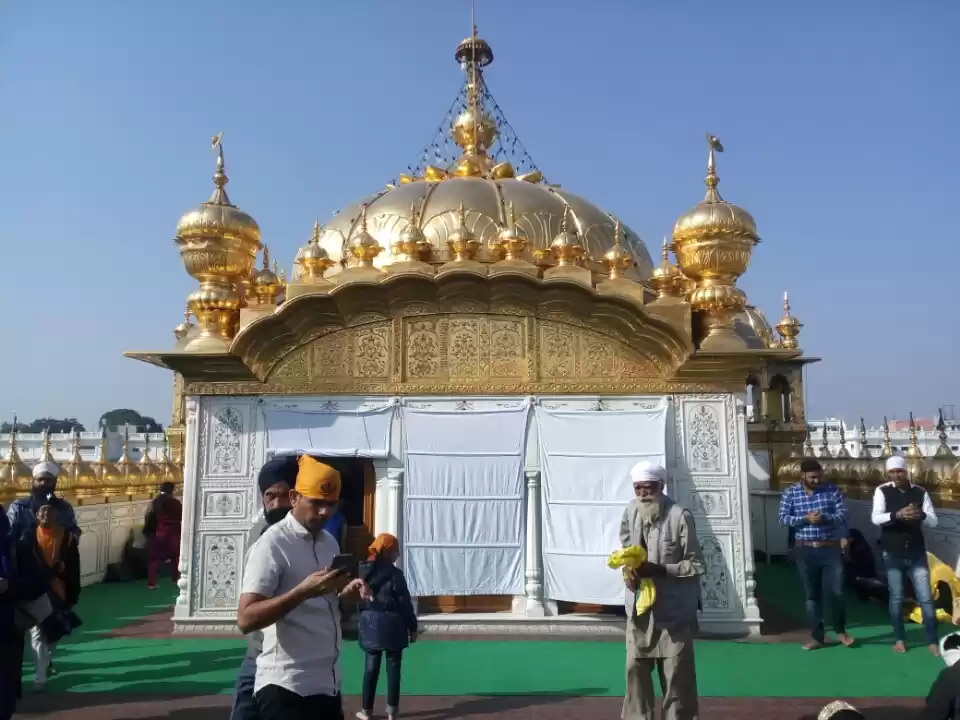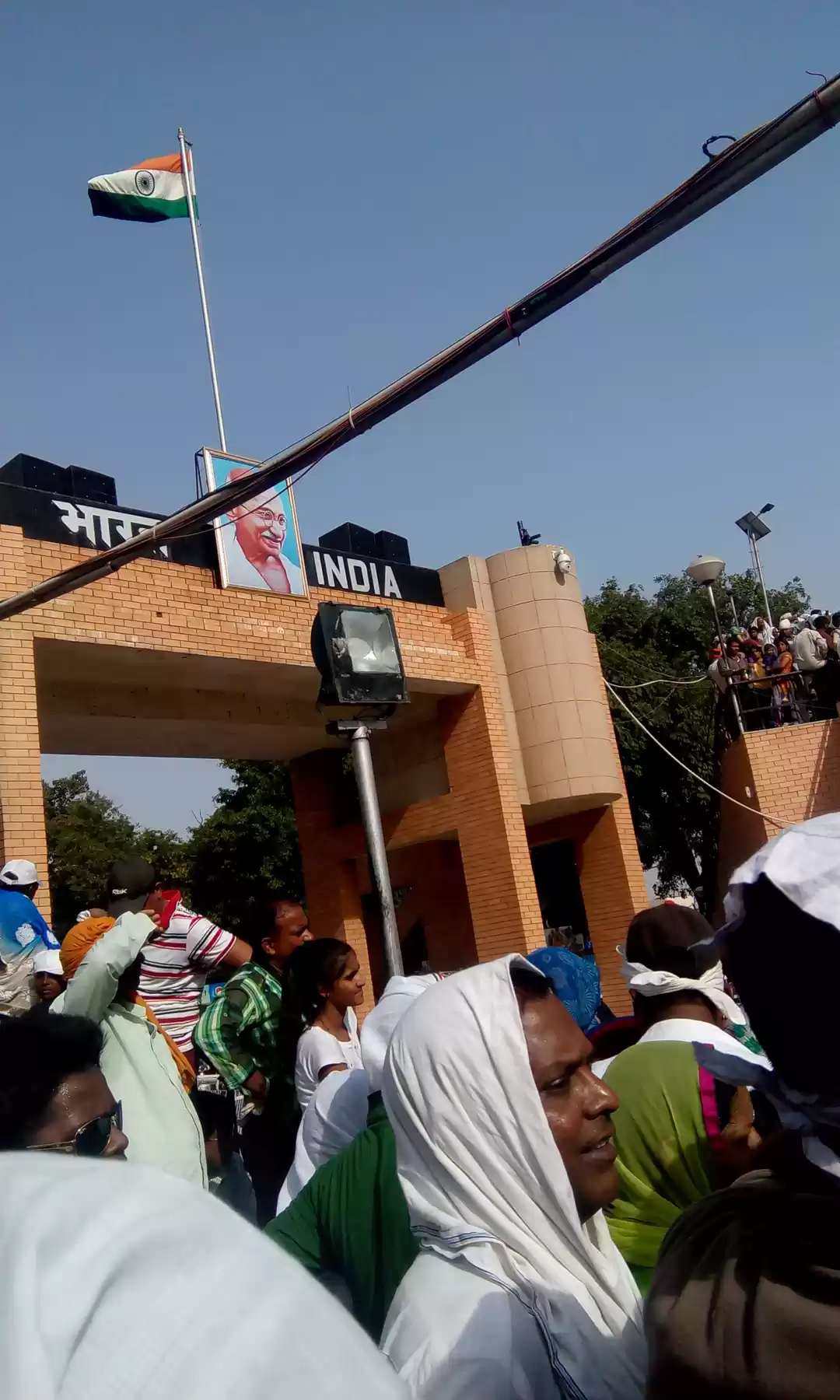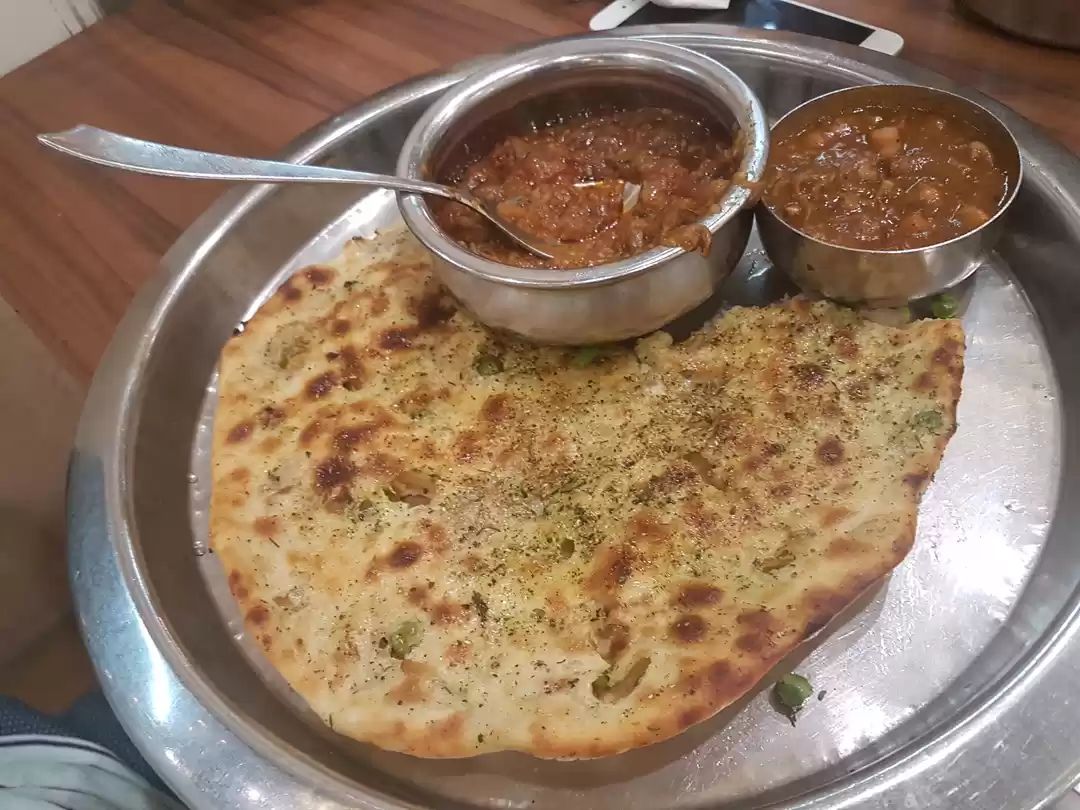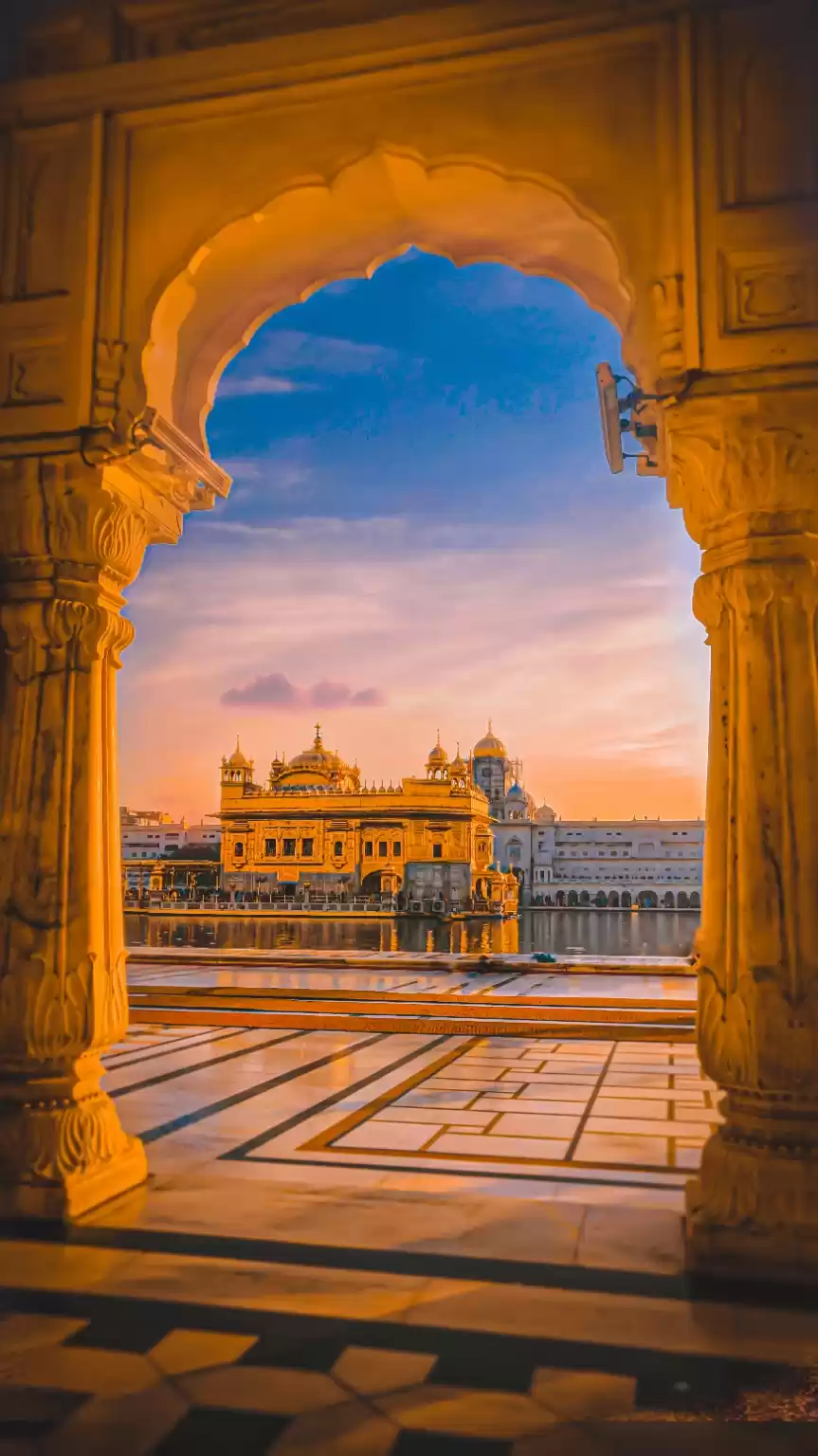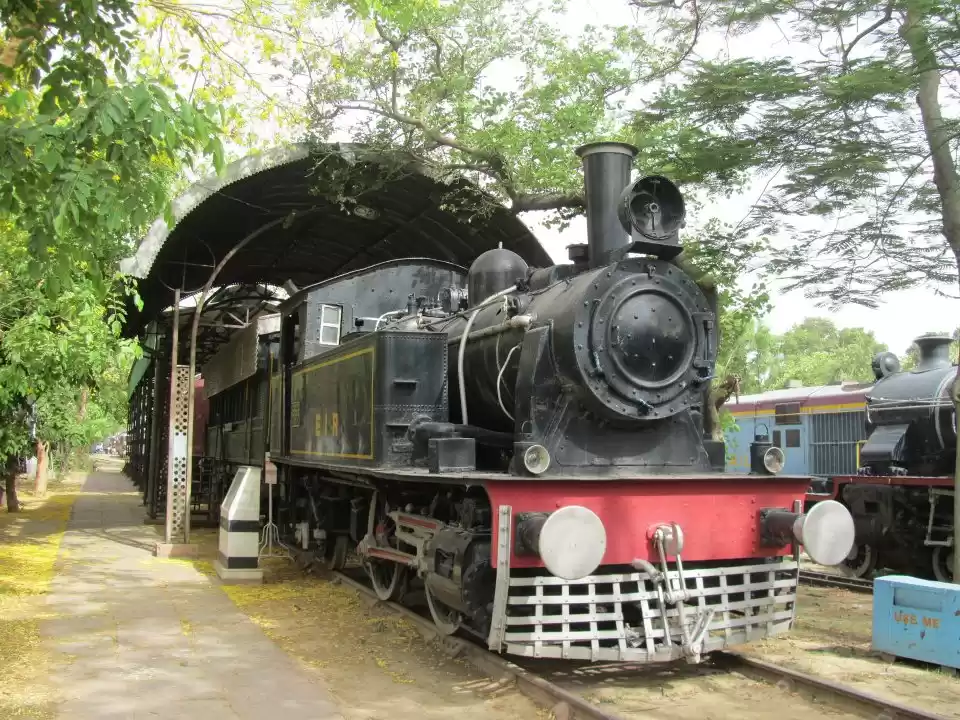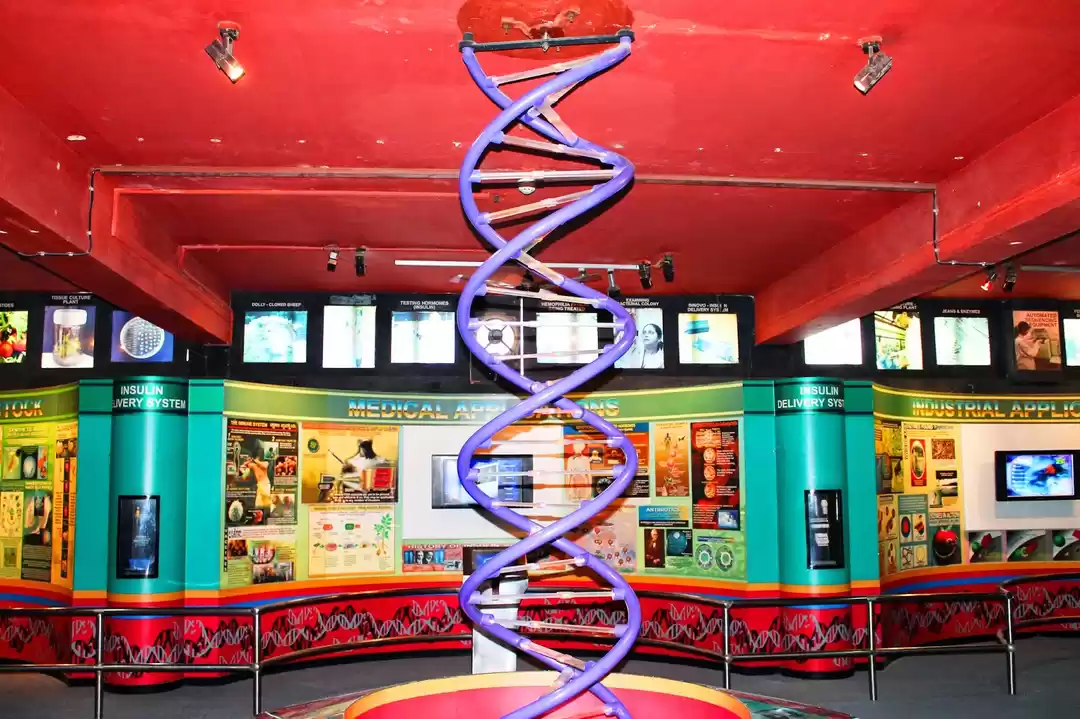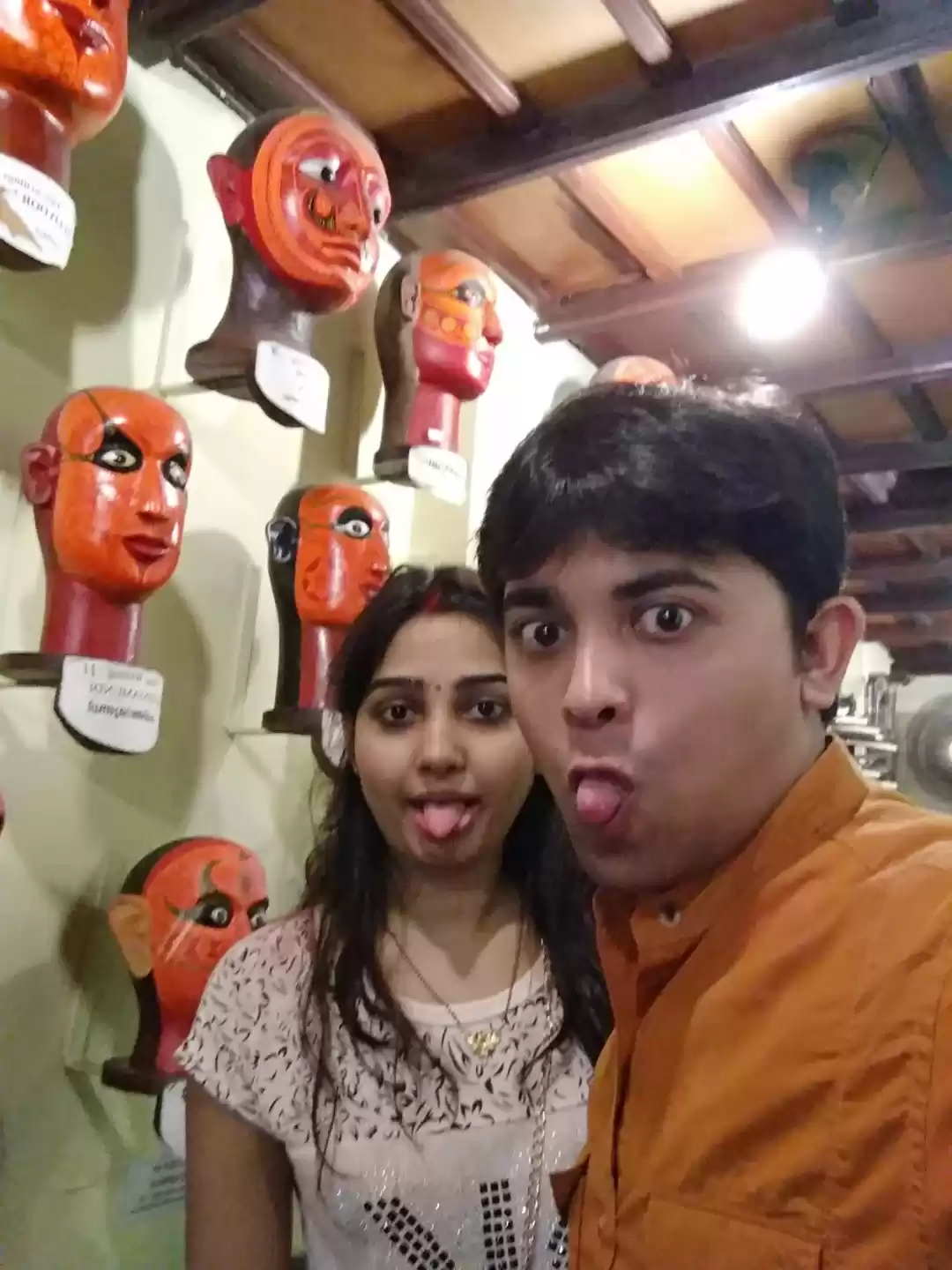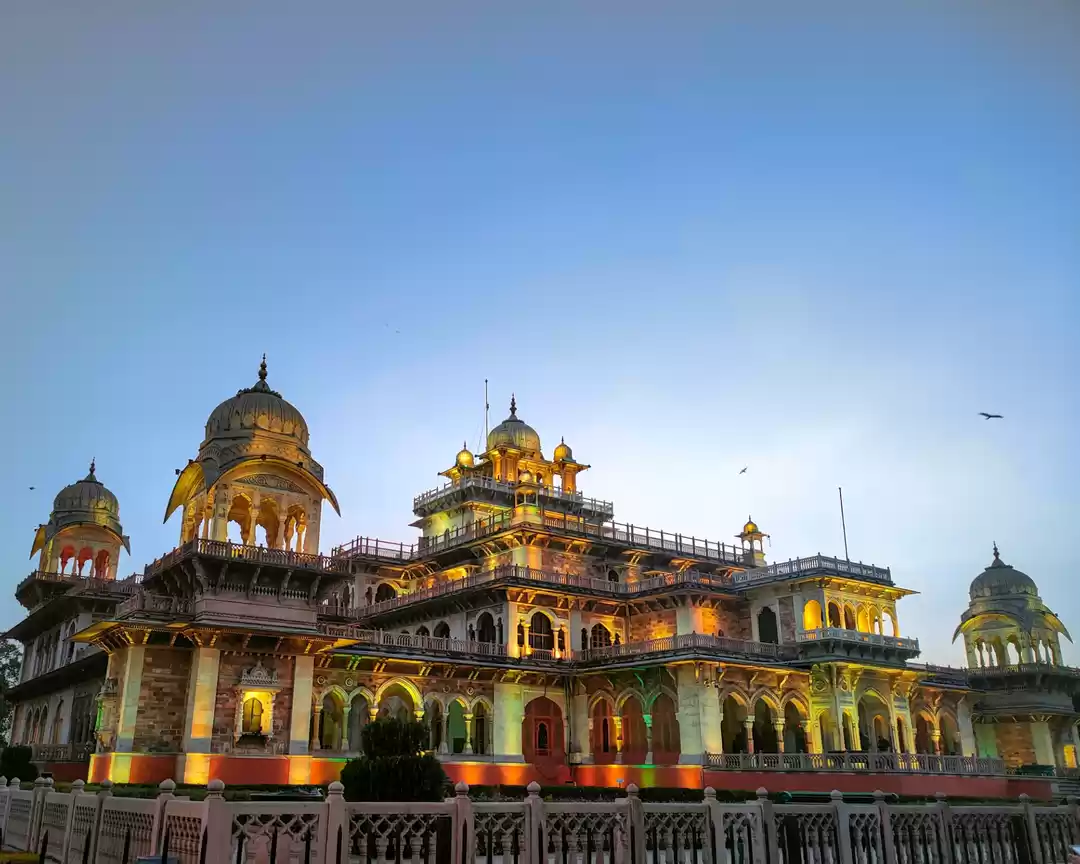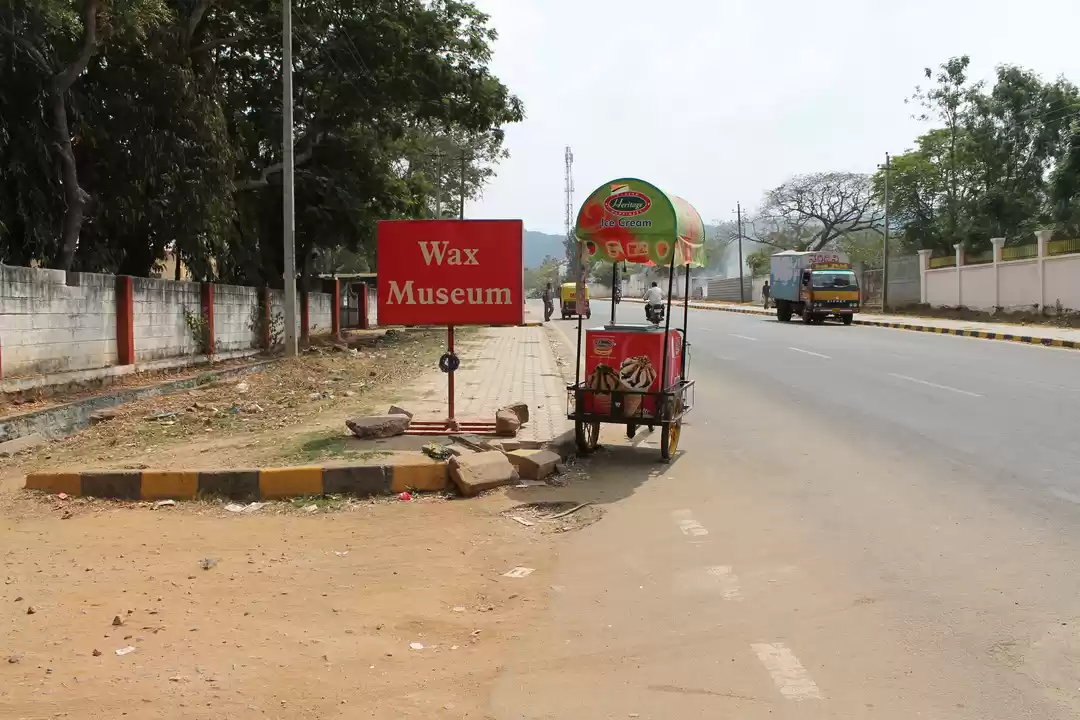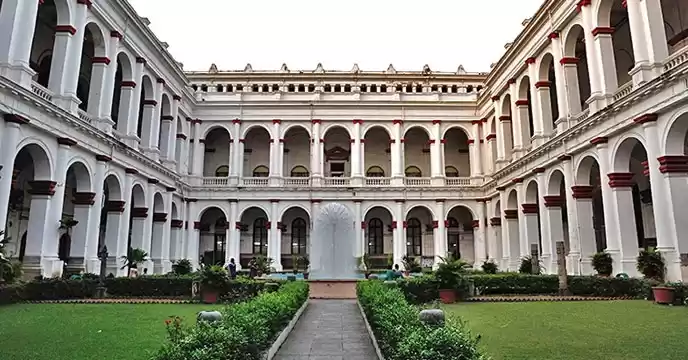The Partition Museum in Amritsar is a unique and powerful museum that tells the story of one of the most tragic and transformative events in the history of India and Pakistan: the partition of 1947. The museum is a tribute to the millions of people who were affected by the partition, and a place to learn, reflect, and heal from the wounds of the past.
If you are interested in the history and culture of India and Pakistan, or want to experience a museum that is both informative and emotional, then the Partition Museum in Amritsar is a must-visit destination for you. In this article, we will tell you everything you need to know about the Partition Museum, such as its location, timings, entry fee, exhibits, and attractions. We will also give you some tips and advice on how to make the most of your visit, and what to expect from this museum that is unlike any other.
What is the Partition Museum and why is it important?
The Partition Museum is the world’s first museum dedicated to the partition of India and Pakistan, which took place in 1947, following the end of British colonial rule. The partition resulted in the creation of two independent nations, India and Pakistan, but also in the displacement of over 14 million people, and the death of over one million people, due to communal violence, riots, and massacres. The partition is considered one of the most traumatic and significant events in the history of the subcontinent, and its effects are still felt today in the politics, society, and culture of both countries.

The Partition Museum was established in 2017, on the 70th anniversary of the partition, by the Arts and Cultural Heritage Trust, a non-profit organization that aims to preserve and promote the heritage and culture of India. The museum is located in the Town Hall building in Amritsar, a city that was at the center of the partition turmoil, and witnessed the mass migration and violence that ensued. The museum’s mission is to document, commemorate, and educate the public about the partition, and to honor the memory and resilience of the partition survivors and victims. The museum also hopes to foster a sense of peace and reconciliation among the people of India and Pakistan, and to inspire future generations to learn from the lessons of the partition.
Where is the Partition Museum and how to reach it?
The Partition Museum is located in the Town Hall building, which is a heritage building that dates back to the 19th century. The museum occupies the first floor of the building, while the ground floor houses the Amritsar Municipal Corporation. The museum is situated in the heart of Amritsar, near the famous Golden Temple, which is the holiest shrine of the Sikh faith. The museum is easily accessible by various modes of transport, such as:
By air:
The nearest airport is the Sri Guru Ram Dass Jee International Airport, which is about 15 km away from the museum. You can take a taxi, a bus, or an auto-rickshaw from the airport to the museum.
By train:
The nearest railway station is the Amritsar Junction Railway Station, which is about 2 km away from the museum. You can take a taxi, a bus, or an auto-rickshaw from the station to the museum.
By road:
Amritsar is well-connected by road to other cities in India, such as Delhi, Chandigarh, Jammu, and Lahore. You can take a bus, a car, or a bike to reach the museum.
What are the main features and attractions of the museum?
The Partition Museum is a museum that combines history, art, and emotion in a captivating and immersive way. The museum has 14 galleries that span over 18,000 square feet of space, and display over 2,000 artifacts, documents, photographs, audio-visuals, and artworks that relate to the partition. The museum also has a library, a resource center, a café, and a souvenir shop. Some of the main features and attractions of the museum are:

The Gallery of Migration:
This gallery depicts the massive and chaotic movement of people across the newly drawn borders of India and Pakistan, and the hardships and dangers they faced along the way. The gallery has a replica of a train compartment, which was one of the main modes of transport for the refugees, and also one of the sites of the worst massacres. The gallery also has a map of India and Pakistan, showing the routes and distances of the migration, and a wall of suitcases, symbolizing the belongings and memories that the refugees carried with them.
The Gallery of Division:
This gallery shows the political and historical context of the partition, and the events and decisions that led to it. The gallery has a replica of the Radcliffe Line, which was the boundary drawn by the British lawyer Cyril Radcliffe, who had never visited India before, and had only five weeks to divide the subcontinent. The gallery also has a copy of the Indian Independence Act of 1947, which granted independence to India and Pakistan, and a copy of the Mountbatten Plan, which outlined the terms and conditions of the partition.
The Gallery of Hope:
This gallery showcases the stories and experiences of the partition survivors, who despite the trauma and loss, managed to rebuild their lives and contribute to the society and culture of their new countries. The gallery has a collection of oral histories, testimonies, and interviews of the survivors, who share their memories, emotions, and perspectives on the partition. The gallery also has a display of the achievements and contributions of the survivors, who excelled in various fields, such as arts, literature, sports, science, and politics.

The Gallery of Peace:
This gallery is the final and most uplifting gallery of the museum, which aims to promote peace and harmony among the people of India and Pakistan, and to celebrate the common culture and heritage of the subcontinent. The gallery has a replica of the Wagah-Attari border, which is the only land crossing between India and Pakistan, and where a daily ceremony of lowering the flags and exchanging greetings takes place. The gallery also has a collection of artworks, poems, songs, and films that express the hope and desire for peace and friendship between the two countries.
The Peace Gallery and Other Attractions:
Apart from the main galleries, the museum also has a Peace Gallery, which is a separate building that houses a permanent exhibition of paintings by the renowned artist Satish Gujral, who was a witness and a victim of the partition. The paintings depict the horrors and the human cost of the partition, and are a powerful and poignant expression of the artist’s emotions and experiences. The Peace Gallery also has a meditation room, where visitors can sit and reflect on the partition and its lessons.
Other attractions and activities
The museum is also surrounded by other attractions and activities that visitors can enjoy, such as:

The Golden Temple:
The Golden Temple, also known as the Harmandir Sahib, is the most sacred and iconic site of the Sikh faith, and a symbol of the spiritual and cultural heritage of Punjab. The temple is a stunning and serene structure, made of gold and marble, and surrounded by a pool of water, known as the Amrit Sarovar, or the Pool of Nectar. The temple is open to people of all faiths and backgrounds, and offers free meals and accommodation to the visitors. The temple is also a witness and a survivor of the partition, as it was attacked and damaged by the mobs during the violence. The temple is a short walk away from the museum, and is a must-see attraction for anyone visiting Amritsar.
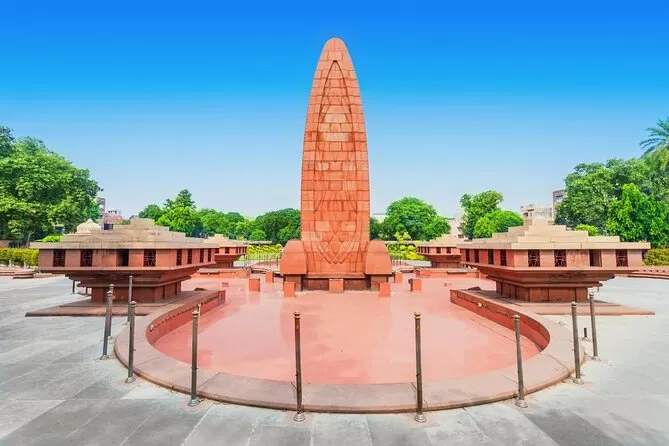
The Jallianwala Bagh:
The Jallianwala Bagh is a public garden and a memorial site, where one of the most tragic and brutal incidents of the Indian freedom struggle took place. On April 13, 1919, a peaceful gathering of thousands of people, who were celebrating the festival of Baisakhi, was fired upon by the British troops, under the command of General Reginald Dyer. The firing lasted for about 10 minutes, and killed over 1,000 people, and injured over 1,500 people. The garden has a well, where many people jumped to escape the bullets, and a wall, where the bullet marks are still visible. The garden also has a museum, a gallery, and a flame of liberty, that commemorate the martyrs and the heroes of the massacre. The garden is adjacent to the museum, and is a place to pay homage and respect to the victims and the fighters of the freedom movement.

The Heritage Walk:
The Heritage Walk is a guided tour that takes the visitors through the old and historic streets and lanes of Amritsar, and introduces them to the rich and diverse culture and heritage of the city. The walk covers various landmarks and attractions, such as the Akal Takht, the highest seat of authority of the Sikhs, the Ram Bagh, the summer palace of Maharaja Ranjit Singh, the founder of the Sikh empire, the Khalsa College, one of the oldest and most prestigious educational institutions of Punjab, and the Hall Bazaar, a vibrant and colorful market that sells a variety of goods, such as clothes, jewelry, handicrafts, and food. The walk is a great way to experience the charm and the spirit of Amritsar, and to interact with the locals and the experts. The walk starts from the museum, and lasts for about two hours.
What are the timings, entry fee, and other practical details for visitors?
The Partition Museum is open from Tuesday to Sunday, from 10:00 am to 6:00 pm. The museum is closed on Mondays and public holidays. The entry fee for the museum is Rs. 10 for Indian citizens, Rs. 250 for foreign nationals, and Rs. 5 for students and senior citizens. The entry fee for the Peace Gallery is Rs. 50 for all visitors. The museum also offers guided tours, audio guides, and group discounts for visitors who want to enhance their experience and learn more about the museum and the partition.
The museum has a café, where visitors can enjoy a variety of snacks and beverages, and a souvenir shop, where visitors can buy books, DVDs, postcards, and other items related to the museum and the partition. The museum also has a wheelchair access, a cloakroom, and a parking facility for the convenience of the visitors.
Tips for visiting the Partition Museum
The Partition Museum is a museum that is both informative and emotional, and can have a profound impact on the visitors. Therefore, we recommend some tips and advice for visitors who want to make the most of their visit, and to prepare themselves for the museum and its content. Some of the tips are:

Plan your visit in advance: The museum can take about two to three hours to explore, depending on your interest and pace. Therefore, it is advisable to plan your visit in advance, and to allocate enough time and energy for the museum. You can also check the museum’s website for the latest information and updates on the museum and its events.
Be respectful and sensitive: The museum is a place of memory and respect, and deals with a sensitive and painful topic. Therefore, it is important to be respectful and sensitive towards the museum, its staff, and its visitors. You should follow the rules and regulations of the museum, such as not touching the exhibits, not taking photographs or videos without permission, and not making loud or inappropriate noises or comments. You should also be mindful of the emotions and feelings of the other visitors, especially the partition survivors and their families, who may be present at the museum.
Be open and curious: The museum is a place of learning and discovery, and offers a lot of information and insights on the partition and its aftermath. Therefore, it is important to be open and curious towards the museum, its exhibits, and its stories. You should try to engage with the museum, its staff, and its guides, and ask questions and share your opinions and feedback. You should also try to learn more about the partition, its history, and its relevance, and to explore the different perspectives and experiences of the people who were affected by it.
Be prepared and supportive: The museum is a place of emotion and impact, and can evoke a range of feelings and reactions from the visitors. Therefore, it is important to be prepared and supportive towards yourself and others, and to cope with the museum and its content. You should be aware of your own emotions and triggers, and take breaks and seek help if you feel overwhelmed or distressed. You should also be supportive of the other visitors, especially the partition survivors and their families, who may be reliving their memories and trauma. You should also be supportive of the museum and its mission, and contribute and donate to the museum and its cause, if you can.
The Partition Museum in Amritsar is a museum that takes you on a journey through history and memory, and shows you the partition of India and Pakistan from different angles and perspectives. The museum is a place where you can learn about the causes and consequences of the partition, see the artifacts and exhibits that tell the stories and experiences of the partition survivors and victims, and feel the emotions and impact of the partition on the people and the countries. The museum is also a place where you can hope for peace and harmony between India and Pakistan, and celebrate the common culture and heritage of the subcontinent.
The museum is a must-visit destination for anyone who is interested in the history and culture of India and Pakistan, or who wants to experience a museum that is both informative and emotional.
The museum is a place that will leave you with a lasting impression and a thought-provoking consideration: what can we learn from the partition, and how can we prevent it from happening again?



